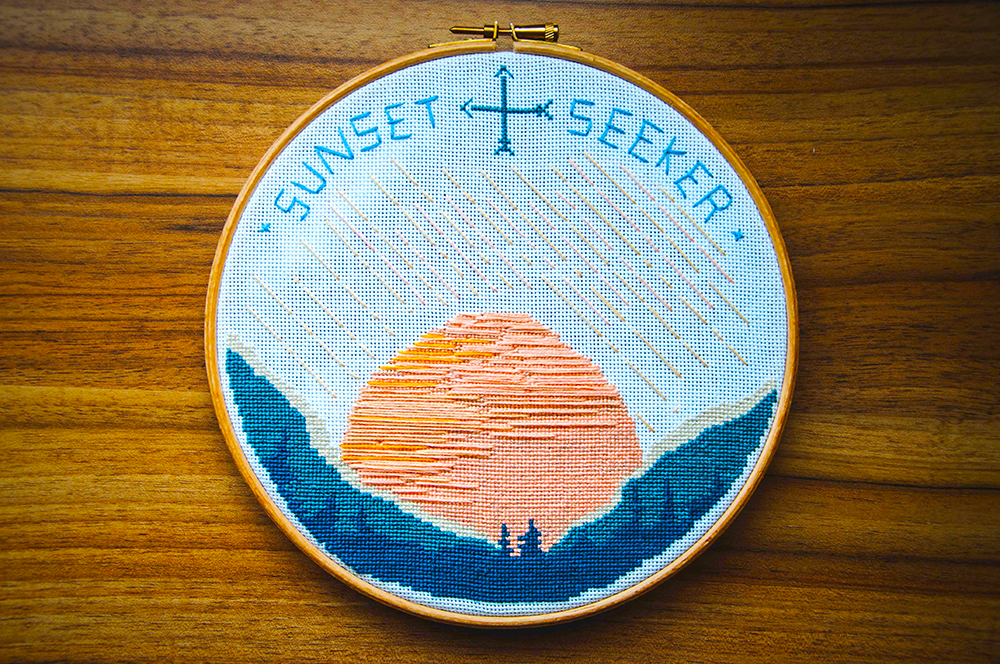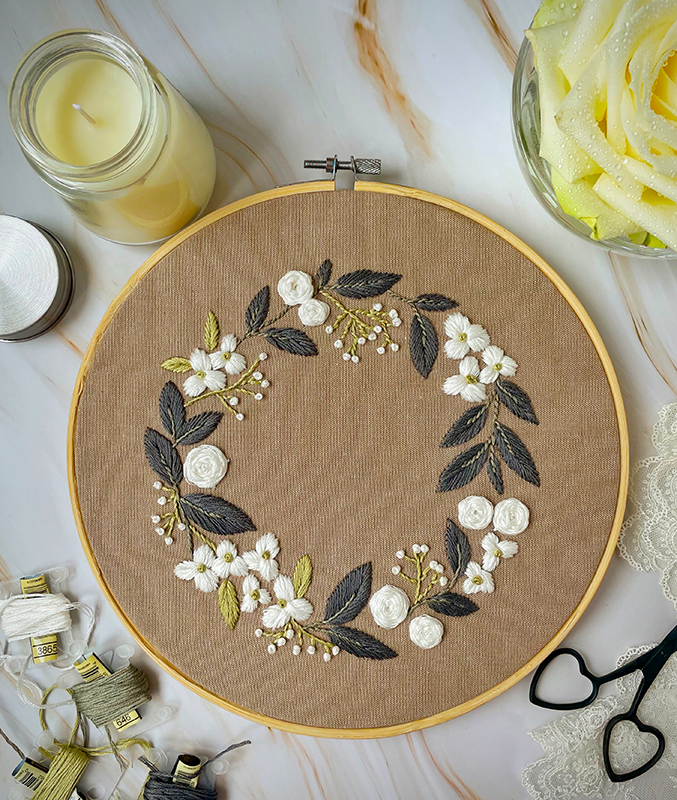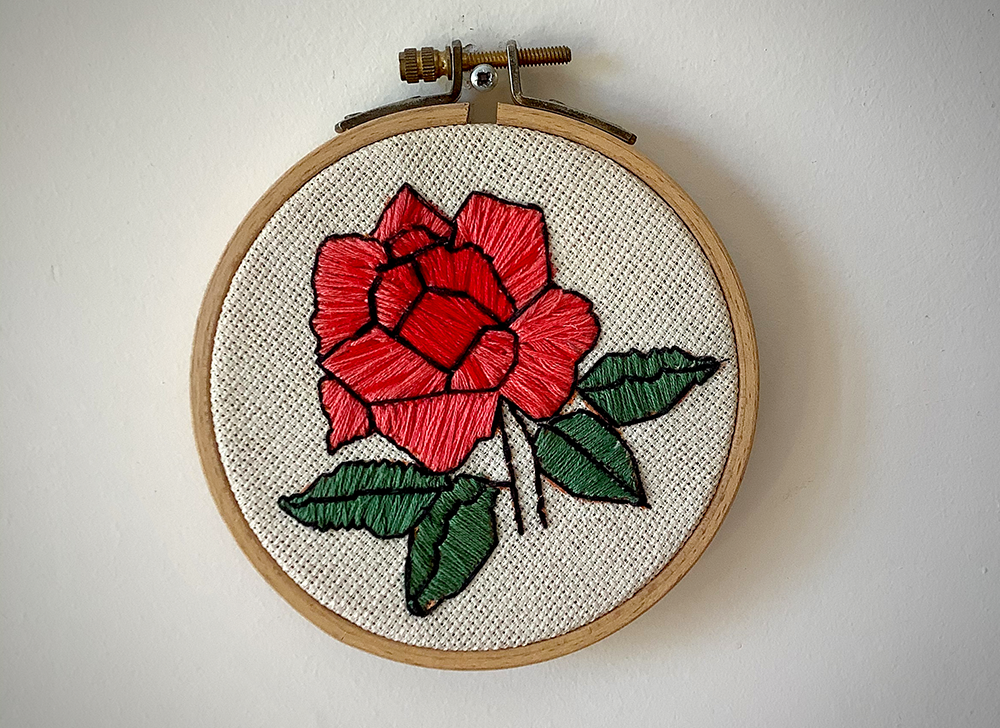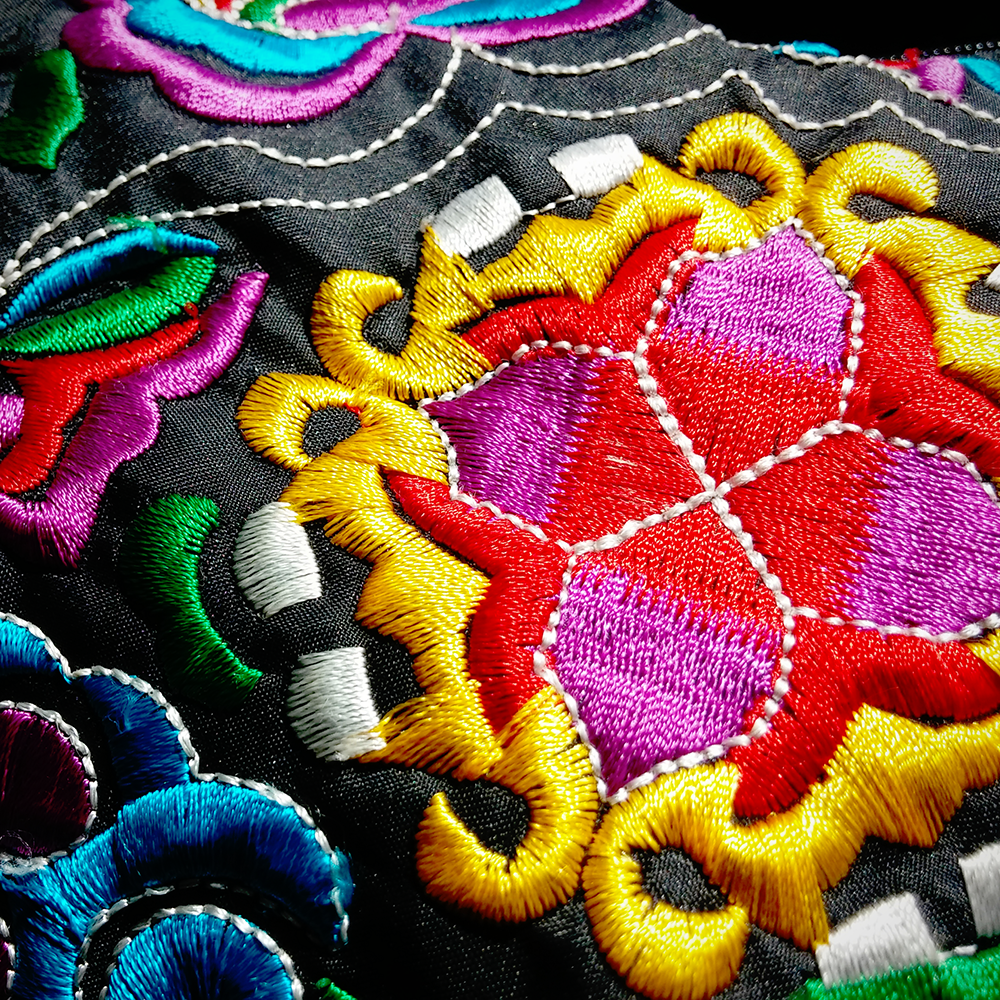Embroidery is the art of decorating fabric or other materials using a needle and thread.
It is one of the oldest forms of decorative needlework and can be found all over the world.
From delicate hand-stitched floral designs to intricate geometric patterns, embroidery is a versatile art form that can be used to create beautiful works of art.
In this article we'll review embroidery's history, different types of embroidery, and how you can get started learning embroidery.
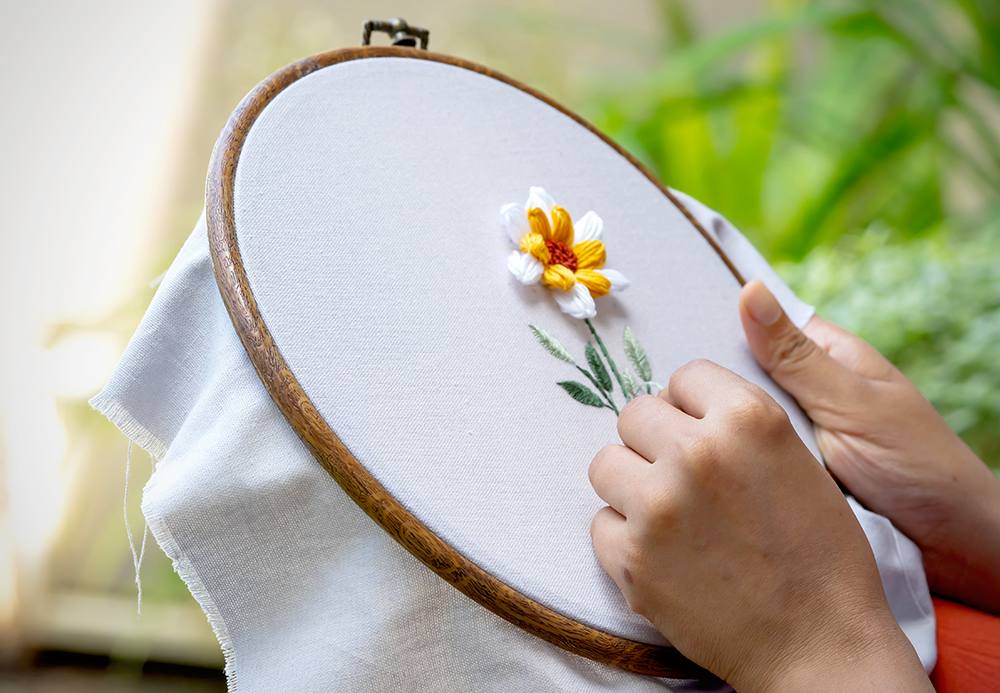

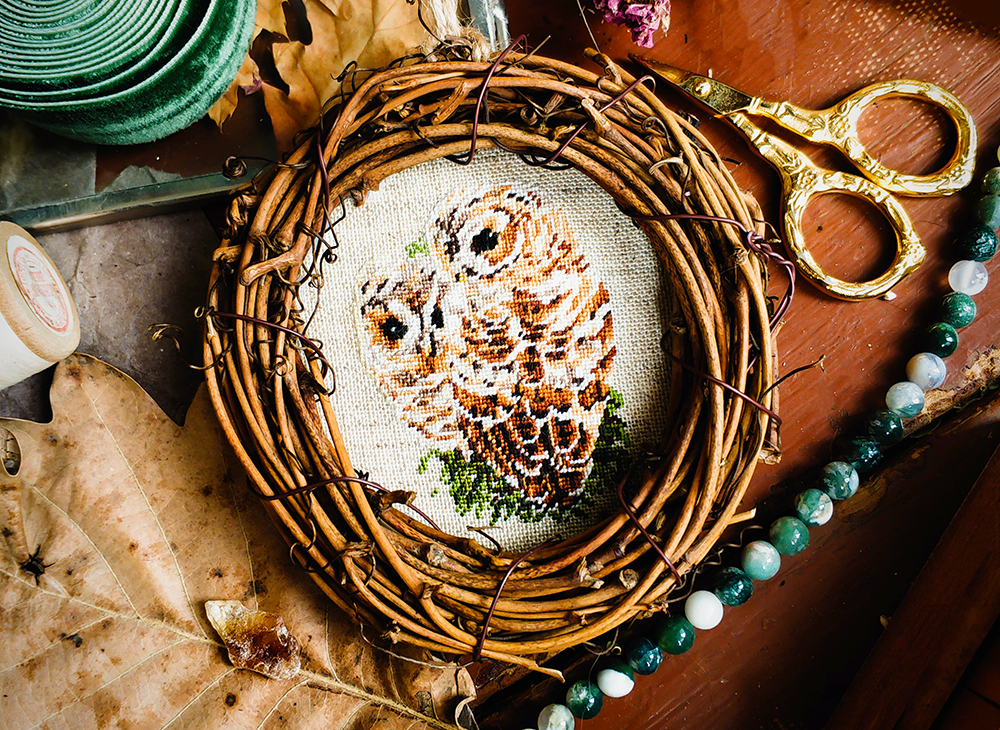
History of Embroidery
Embroidery has been around for centuries, with early examples dating back to 30,000 BC.
In ancient times, embroidery was used to decorate clothing, linens, and other textile items.
It was also used as a form of communication, with different stitches and colors being used to convey different messages.
During the Middle Ages, embroidery became increasingly popular, with wealthy families commissioning lavish embroidered garments and tapestries.
By the Renaissance, embroidery was considered an important art form, with schools and guilds dedicated to teaching the craft.
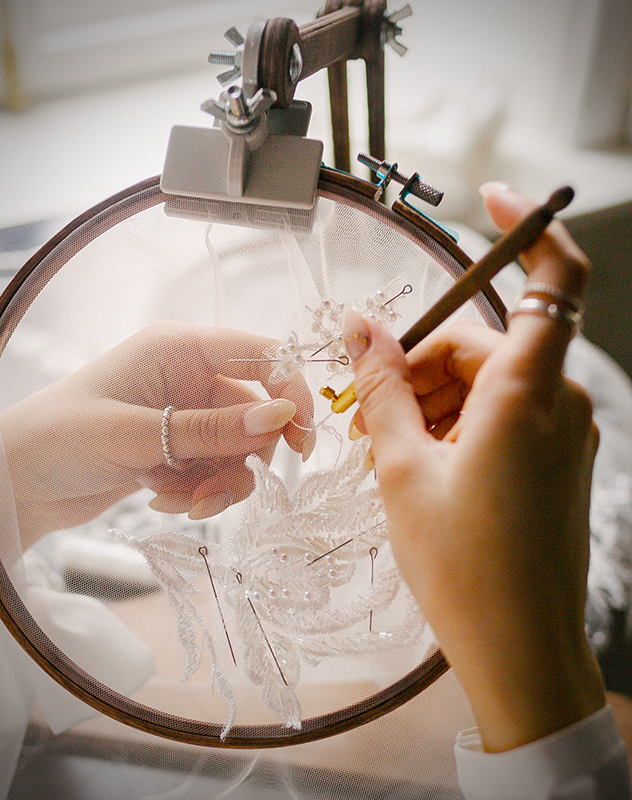
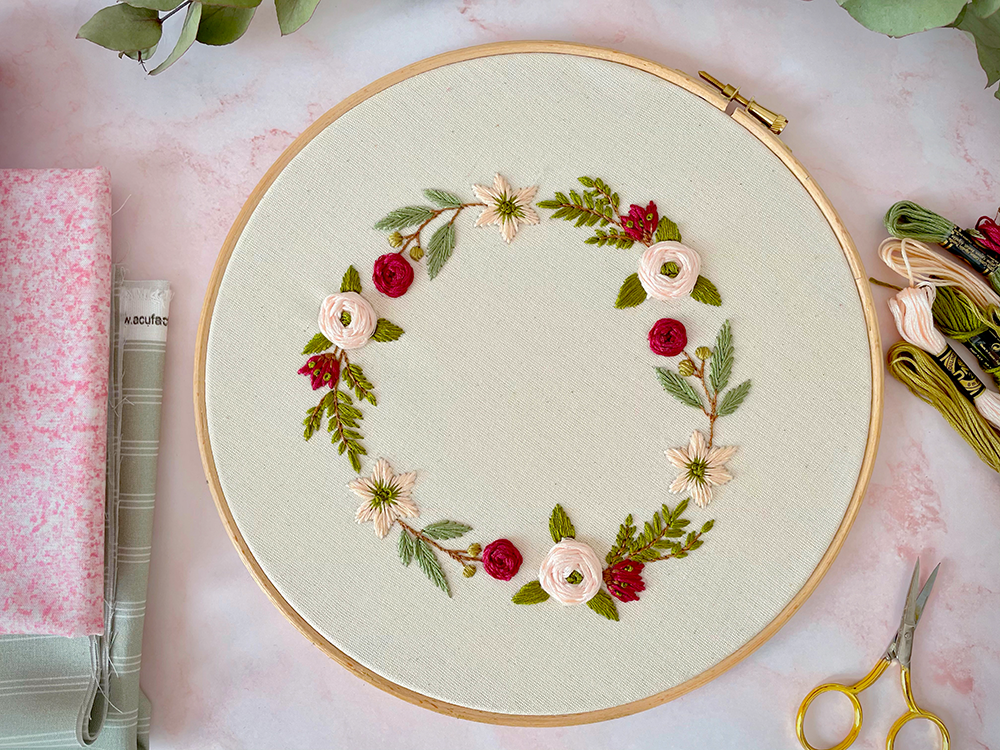

Types of Embroidery
There are a variety of different types of embroidery, each with its own unique characteristics.
Some of the most popular types of embroidery include:
- Crewel embroidery: This type of embroidery uses wool yarn to create decorative designs on fabric. It is often used for home décor items such as pillows and curtains.
- Cross-stitch: Cross-stitch is a type of counted thread embroidery that uses X-shaped stitches to create patterns on fabric. It is a popular type of embroidery for beginners because it is relatively easy to learn.
- Applique: Applique is a type of embroidery that involves attaching pieces of fabric to a background fabric using stitches or glue. Applique can be used to create complex designs or simply add pops of color to a project.
- Embellishment: Embellishment is a type of embroidery that uses beads, sequins, and other materials to decorate fabric. It is often used on garments such as wedding dresses and evening gowns.

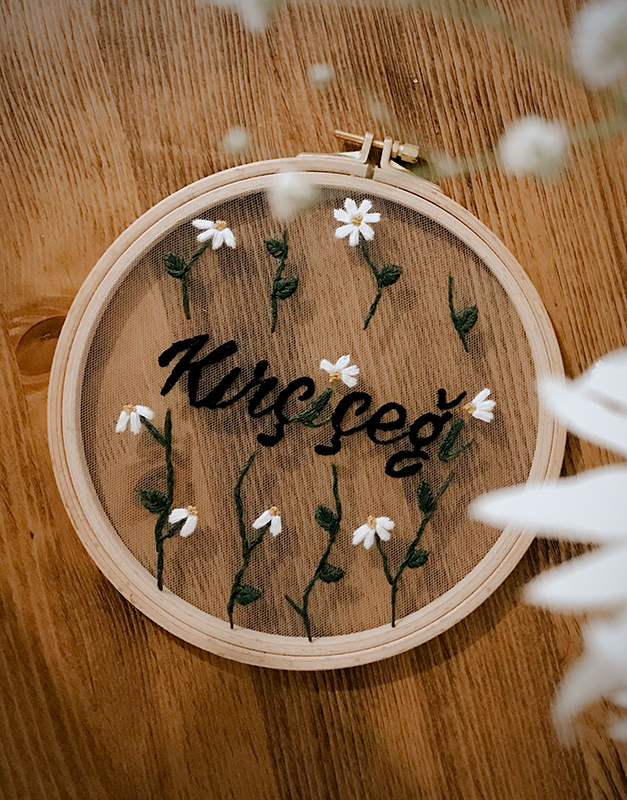
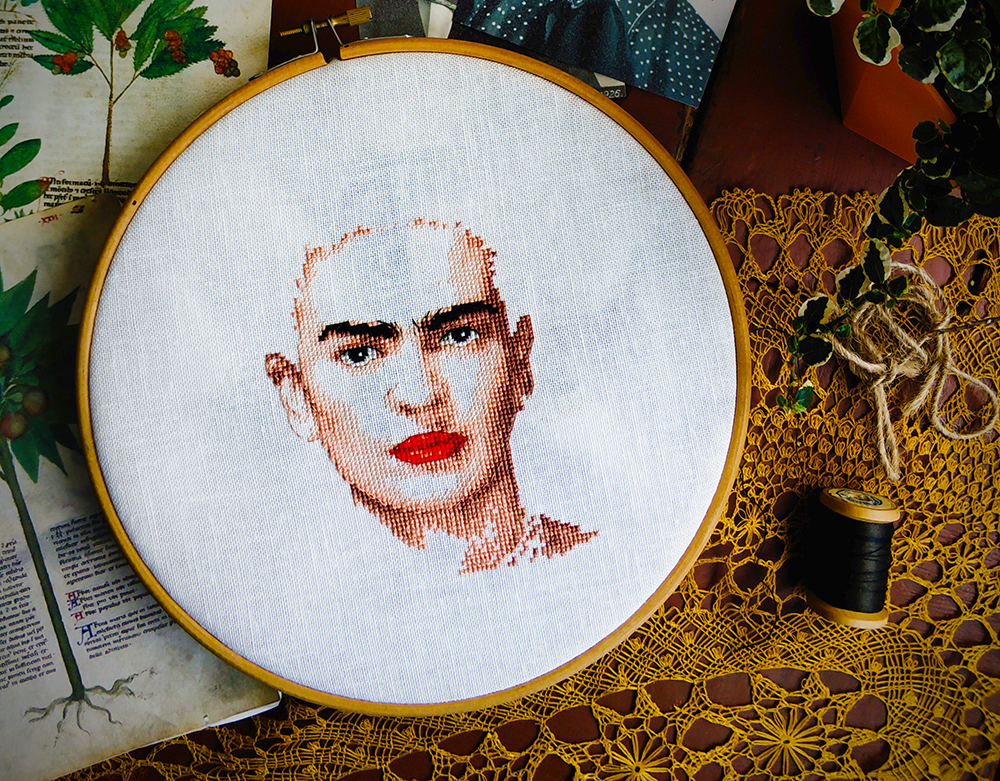
Hand Embroidery vs Machine Embroidery
There are two main types of embroidery: hand embroidery and machine embroidery.
Hand embroidery is the traditional embroidery method and involves stitching designs by hand using a needle and thread.
Some basic embroidery stitches include split stitch, stem stitch, double running stitch, chain stitch, satin stitch, and knotted stitches.
These stitches can be used to create a variety of different designs, from simple patterns to complex images.
Machine embroidery is a newer method of embroidery that is done with the help of a sewing machine equipped with an embroidery module.
It is faster than hand embroidery and can be used to create more complex designs.
Some types of embroidery machine even come with free embroidery patterns that can be used to create detailed designs.

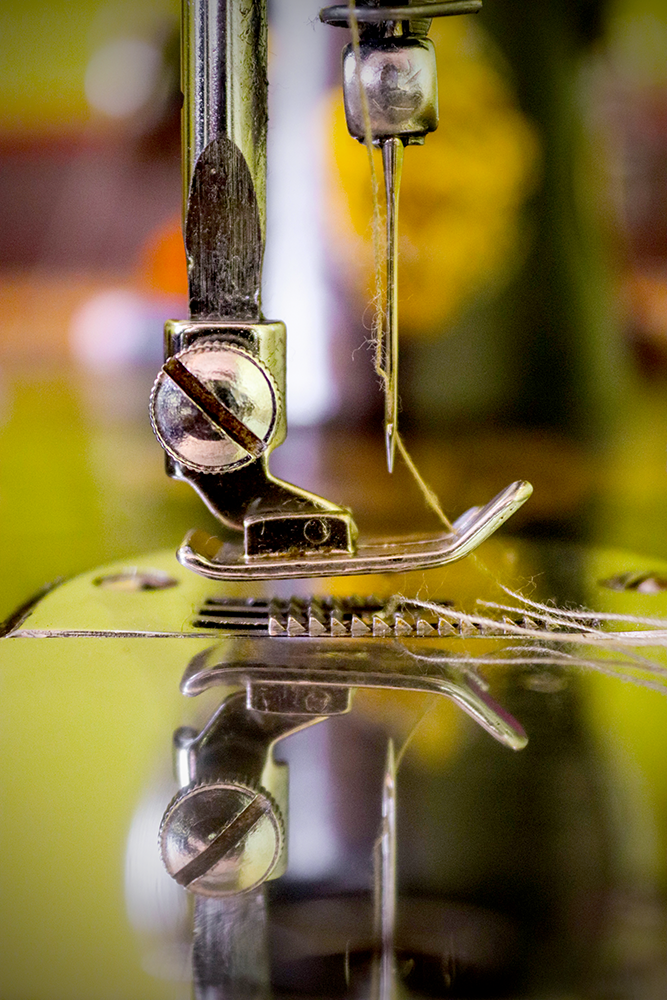
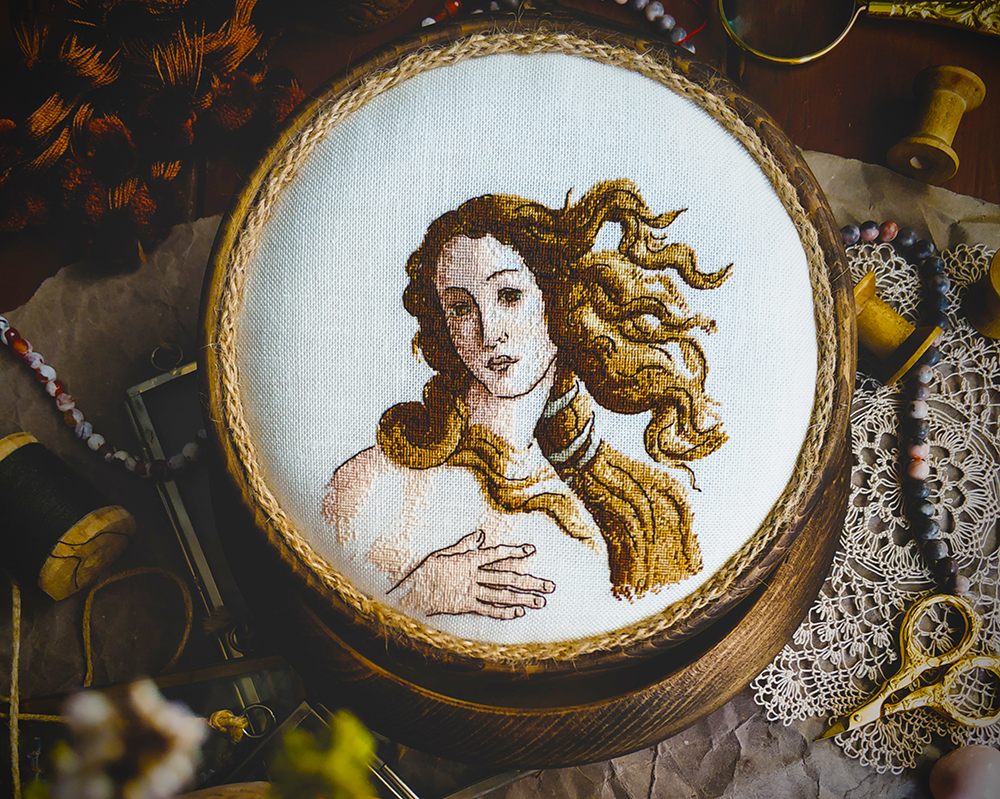
How to Learn Embroidery
If you're interested in learning embroidery, there are a few different ways you can go about it.
One option is to take an embroidery class at a local craft store or community center.
This is a great way to learn the basics of embroidery as well as some embroidery techniques and get some hands-on experience.
Another option is to buy an embroidery kit that includes everything you need to get started.
These kits usually come with a pattern and all the supplies you need to complete the project.
Finally, there are a number of online resources that can help you learn embroidery.
Websites like Craftsy and Pinterest offer a wealth of embroidery tutorials and patterns.
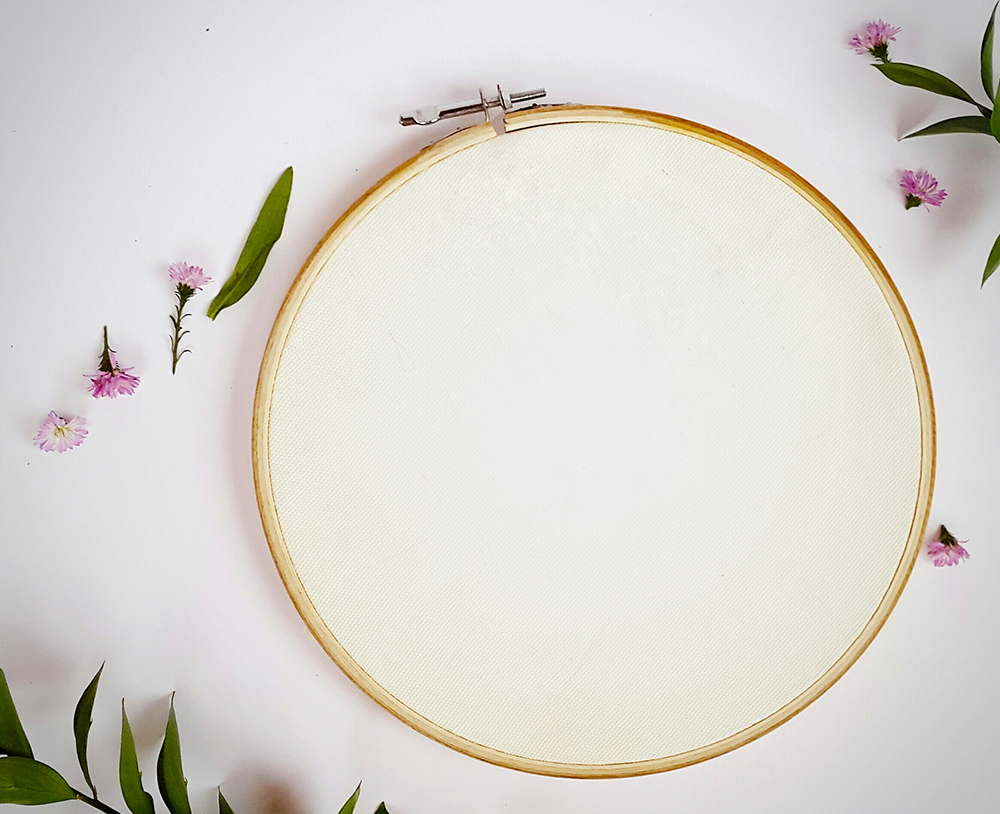

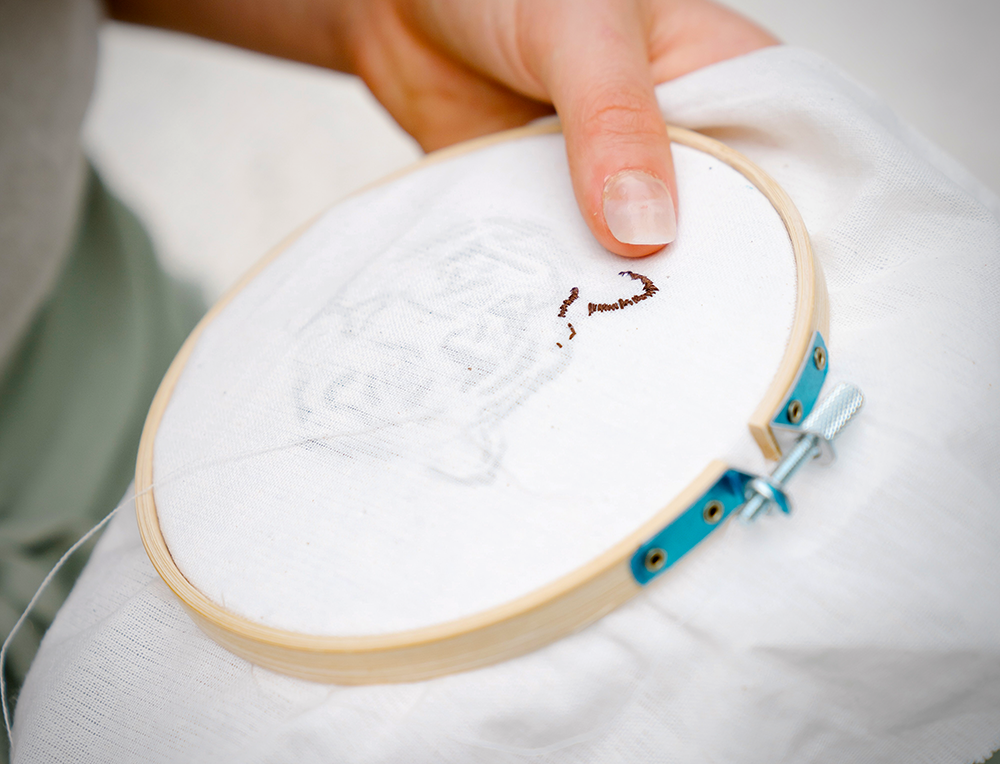
Beginning Embroidery
If you're interested in learning how to embroider, there are a few things you'll need to get started.
In addition to fabric and thread, you'll also need an embroidery hoop, needle, and scissors.
There are different types of embroidery thread, such as silk thread, so be sure to choose the type of thread that is best suited for the project you're working on.
Once you have all of your embroidery supplies, you can start practicing some basic stitches.
The most important thing to remember when starting out is to take your time.
Embroidery is a slow and methodical process, so don't expect to finish your project overnight.
In fact, the slower you stitch, the better your results will be.
As you become more comfortable with the basics of embroidery, you can start experimenting with different stitches, colors, and patterns.
There are no rules when it comes to embroidery, so feel free to let your creativity run wild!
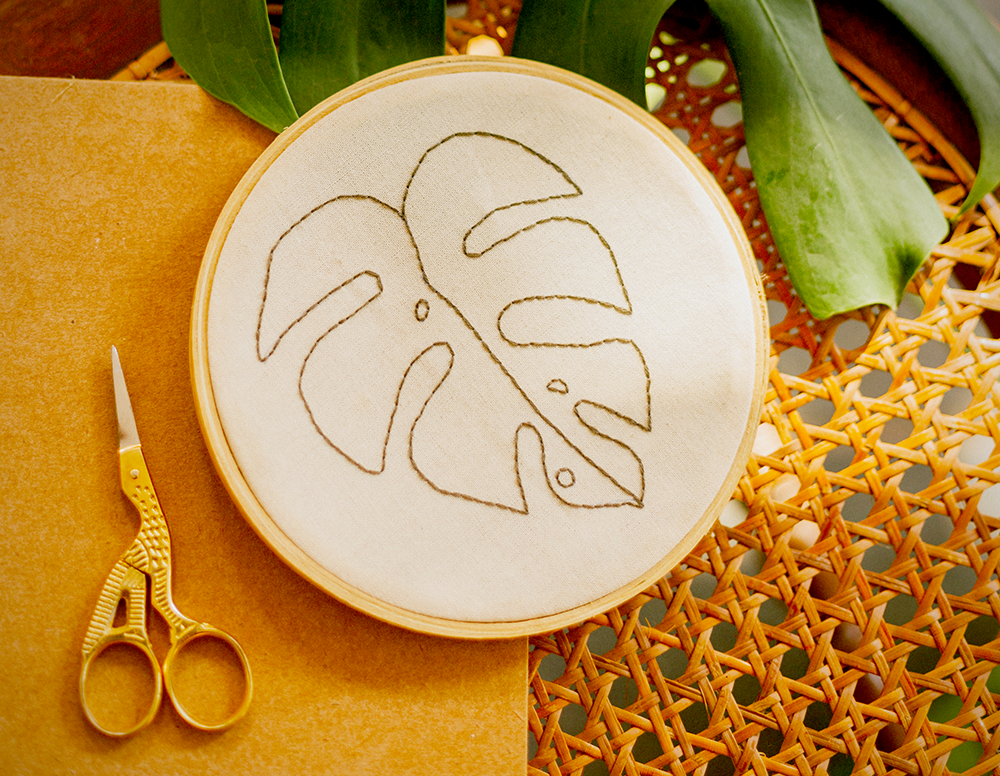
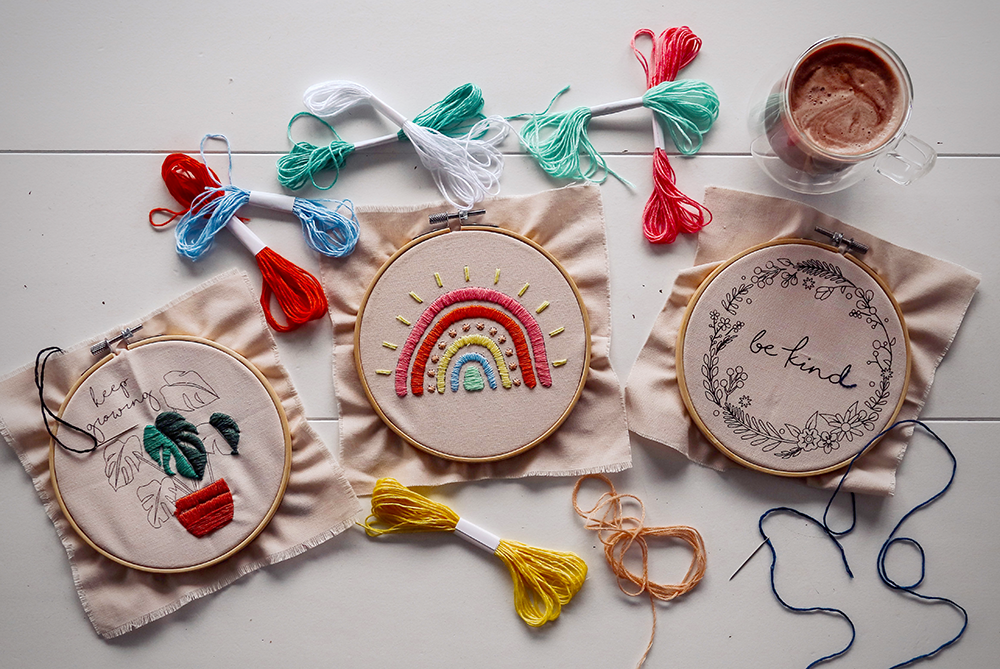
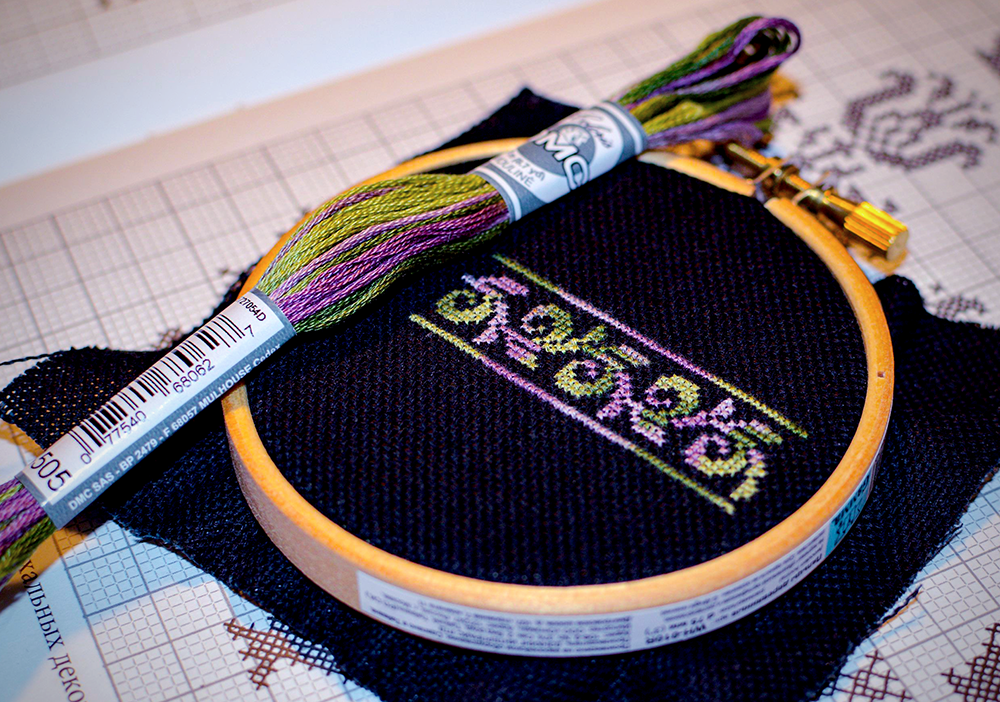
Creating Embroidery
Embroidery is a centuries-old art form that can be used to create beautiful designs on fabric.
There are a variety of different types of embroidery, each with its own unique characteristics.
Whether you're interested in learning this time-honored craft or are looking for some inspiration for your next project, we hope this overview has given you a better understanding of the art of embroidery!
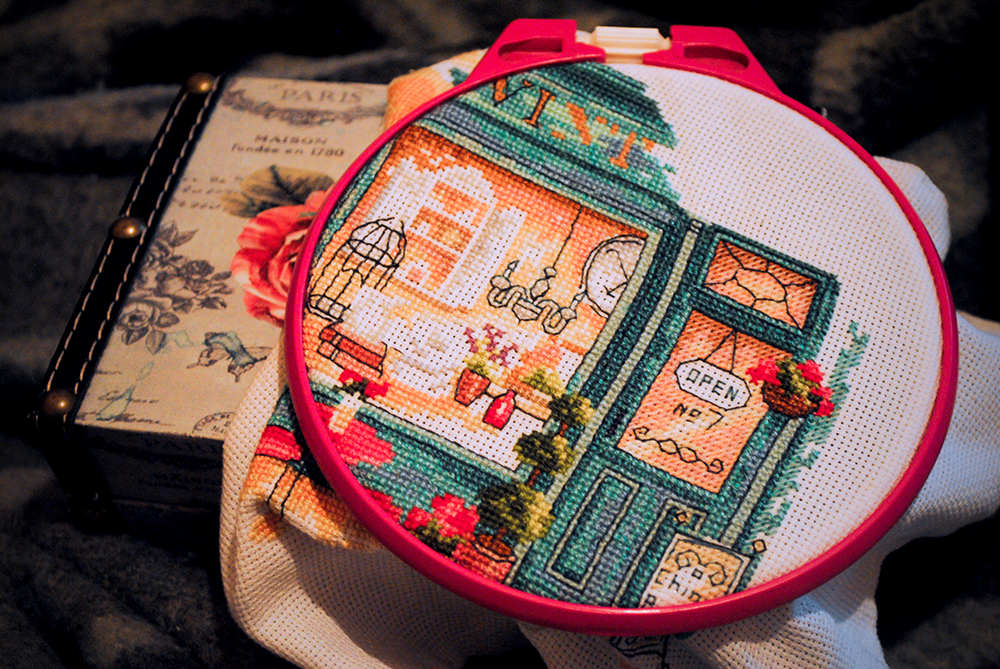
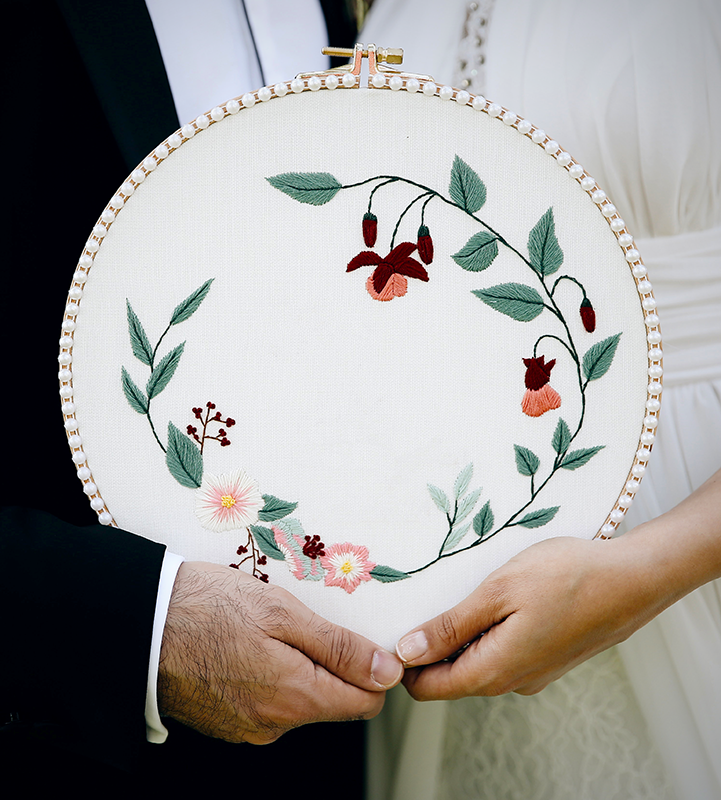
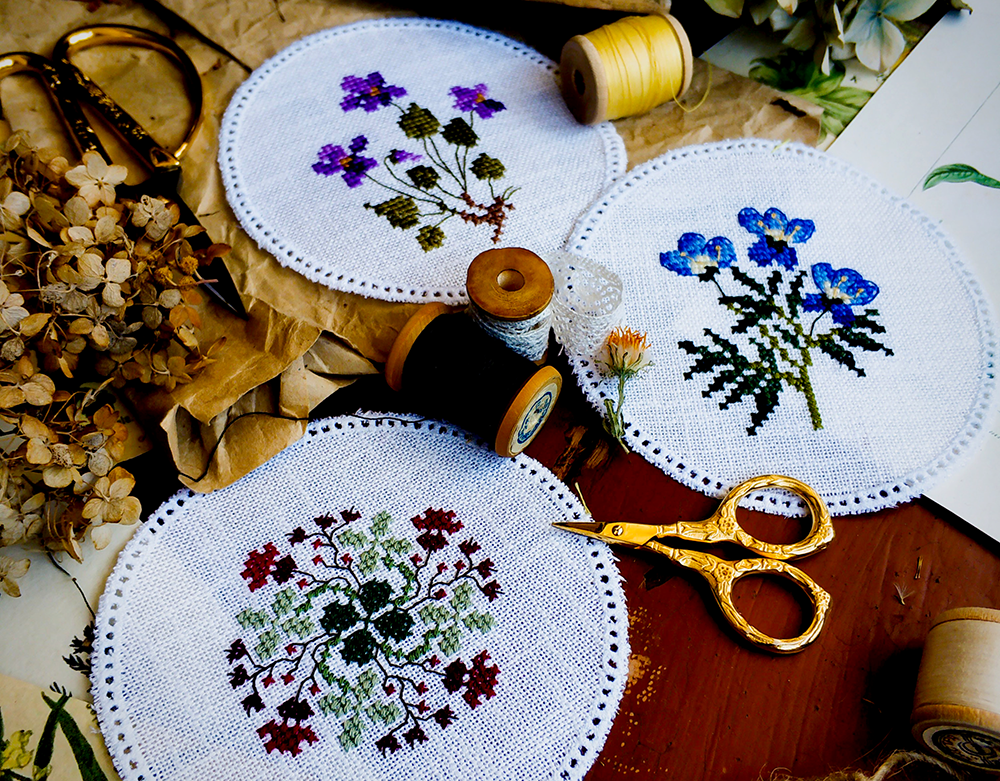
Want to learn more about embroidery? Check out Let's Explore's video!
Interested in embroidery?
You might want to check out some of our other articles:
